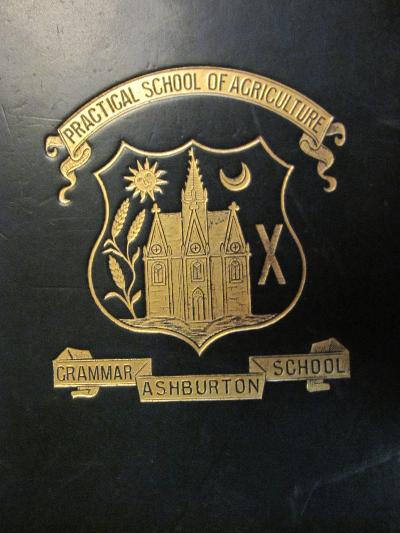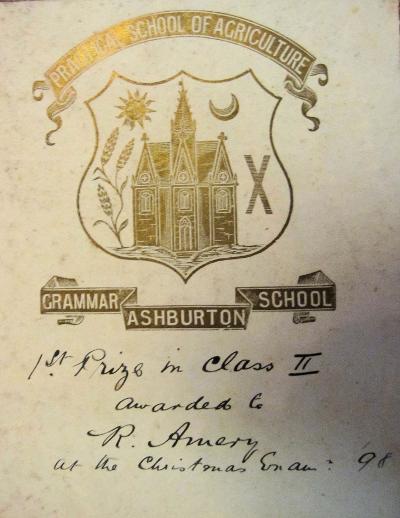The 1890s
Western Times 30 January 1894 p3 col2
By 1897 a Practical School of Agriculture was attached to the Grammar School in Ashburton. J. Smerdon of Lower Mead Farm was the instructor.
Exeter and Plymouth Gazette 12 February 1897 p2 col4
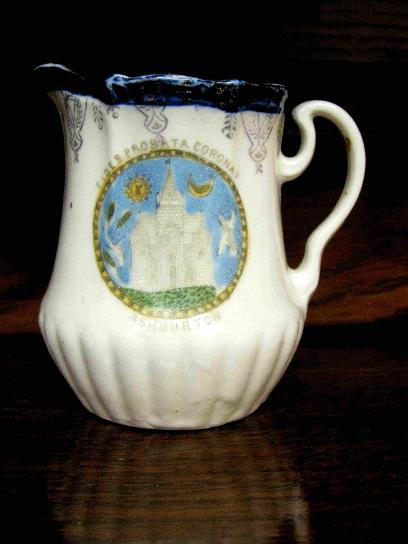
Right: A horse brass, almost certainly made by George Langler, saddler and harness maker, or his son William H.
Born in Ipplepen, the 1891 census has the 57 year old George living in North Street, Ashburton with his wife Caroline and seven sons and daughters. A grandson, Francis H Tucker, is also with him–he was born in New Zealand. One of the sons, William H, is also a saddle and harness maker.
Sold privately, not in my possession.
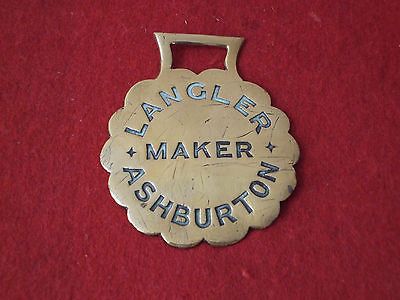
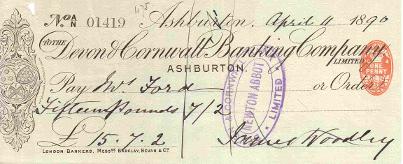
Left: A cheque drawn on the Devon and Cornwall Banking Company, Ashburton Branch. Mr. Ford is being paid £15.7s.2d by James Woodley, in (probably) 1890.
In April 1891 new premises were opened for the Devon and Cornwall Bank (see the Banks and businesses section), but conceivably the bank may have existed in the town prior to this date.
A note on the back of the cheque says that Mr Ford (the initials look like J S) lives at 3, Elmfield Terrace, St Marychurch.
From my own collection
